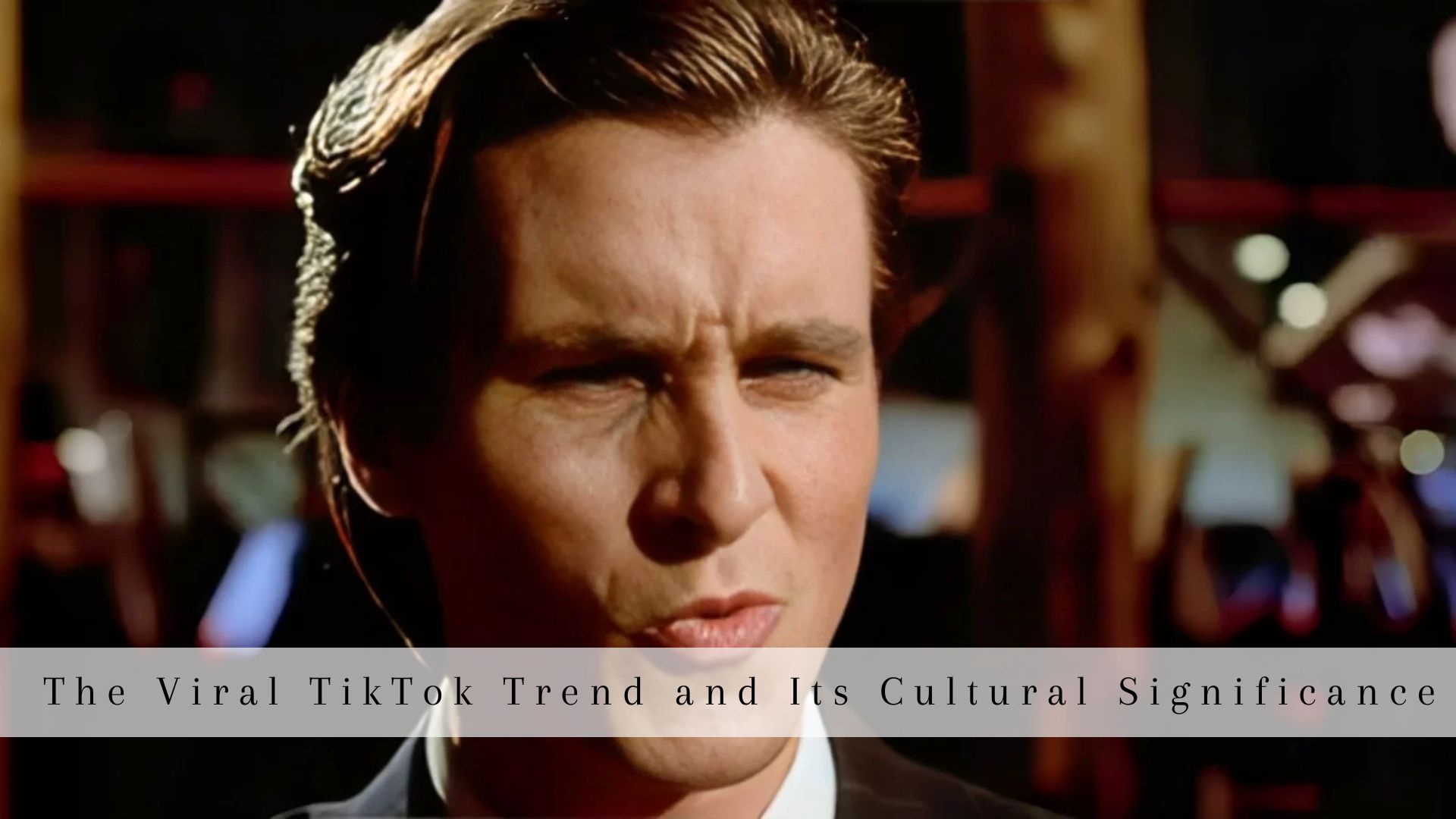Introduction to the Sigma Face Phenomenon
In the ever-evolving world of social media, new trends emerge almost daily, capturing the imagination and participation of millions. Recently, a unique facial expression known as the “sigma face” has taken TikTok by storm. This trend is not just a fad but a cultural phenomenon, reflecting the intricate relationship between social media, personal identity, and artistic expression. This article dives deep into the sigma face trend, exploring its origins, meaning, and why it resonates with many people.
The Origin of the Sigma Face
The sigma face, characterized by upward-angled eyebrows and a pouted, smug-looking mouth, mirrors a blend of emotions, encapsulating a carefree attitude with a touch of superiority. The expression is a concoction of 😙 and 💨 emojis, projecting a ‘sad yet smug’ aura. The trend gained traction after a TikTok video by the user @argenby went viral in November last year, amassing over 95 million views. The sigma face quickly became a sensation, with countless users recreating and adding twists to the trend.
The Sigma Face and Pop Culture
Interestingly, the sigma face isn’t just a random creation but draws inspiration from a more profound cultural context. Fans of the trend have noted its resemblance to the character Patrick Bateman from the cult classic ‘American Psycho,’ portrayed by Christian Bale. The connection could be more coincidental. @argenby, the trend creator, has openly cited ‘American Psycho’ as an inspiration for the Sigma face, even dressing up as Christian Bale in his videos. This nod to a well-known film character adds layers to the sigma face, intertwining it with power, control, and societal critique themes.
Understanding Sigma: More than Just a Face
But what does ‘sigma’ signify? Beyond the viral expression, the term ‘sigma’ holds its weight in describing personality archetypes. According to Urban Dictionary, a ‘sigma’ represents a powerful, successful, and independent individual. This description resonates with the aura of the sigma face, which exudes confidence and self-assurance. However, the meaning isn’t static. As the creator used the expression in various contexts, the sigma face began symbolizing reactions to kindness or respect, showcasing its versatility in conveying multiple emotions and responses.
Deciphering the Sigma Face: A Step-by-Step Guide
For those intrigued by the trend and wishing to partake, @argenby has provided a simple tutorial. The process involves frowning slightly, lowering the eyebrows to add a hint of seriousness, and then finishing with a pout. This combination creates the iconic sigma face, symbolising disregard and subtle superiority.
The Cultural Significance of the Sigma Face
The Sigma face isn’t just a viral trend; it’s a cultural phenomenon that encapsulates the current zeitgeist. It reflects the intricate relationship between individual identity and the collective consciousness shaped by social media. The trend highlights how digital platforms can rapidly disseminate cultural symbols, transforming them into universal modes of expression. Moreover, the connection to a film character like Patrick Bateman adds a layer of complexity, suggesting a critique of modern society’s obsession with power and success.
Also Read: Remembering Benito Castro: A Versatile Talent in Mexican Entertainment
Conclusion: The Sigma Face as a Cultural Mirror
In conclusion, the sigma face trend is more than a fleeting TikTok craze. It’s a multifaceted symbol that reflects the complexities of identity, expression, and cultural commentary in the digital age. As social media continues to shape our perceptions and interactions, trends like the Sigma face are intriguing snapshots of our collective consciousness, offering insights into the evolving landscape of digital communication and cultural expression. Whether through a smug pout or a subtle frown, the sigma face reminds us of the power of social media not just to entertain but also to reflect and shape the cultural narratives of our time.

